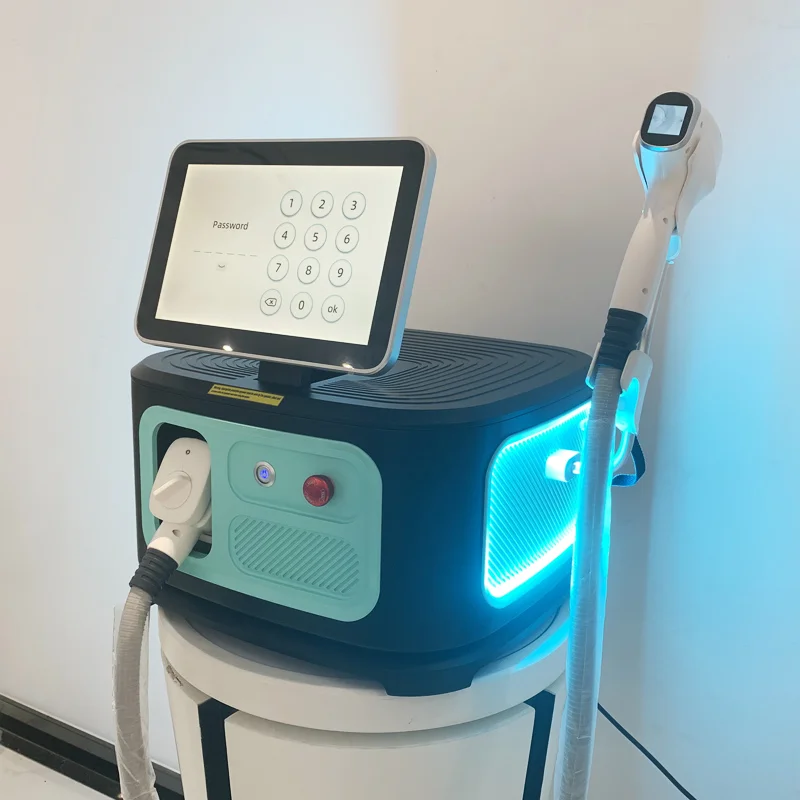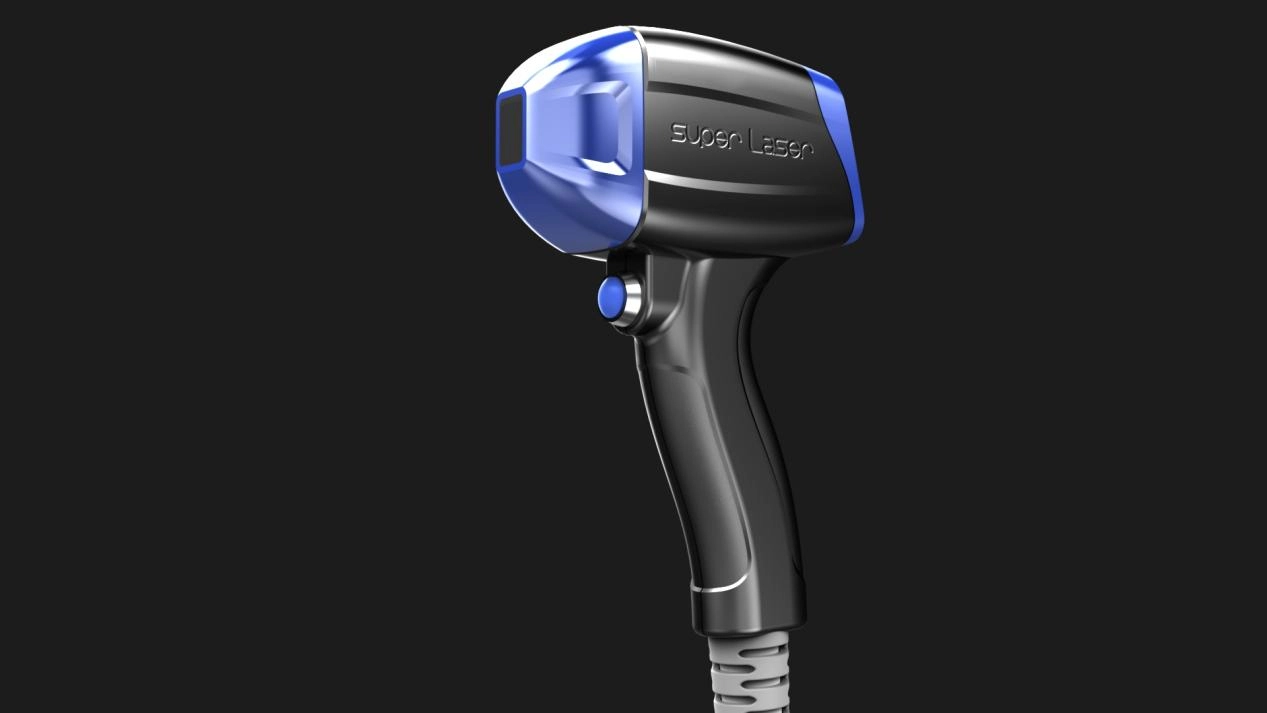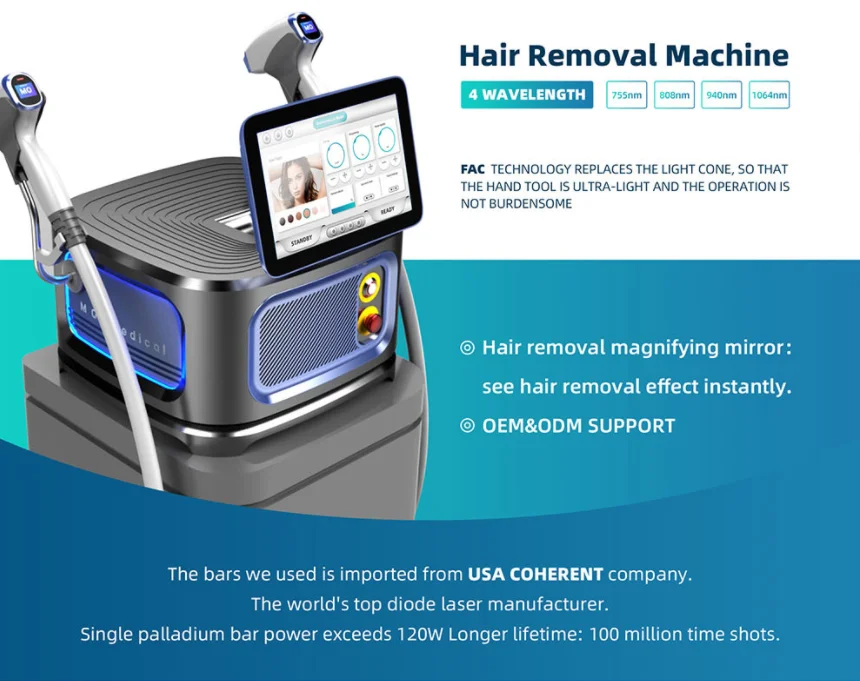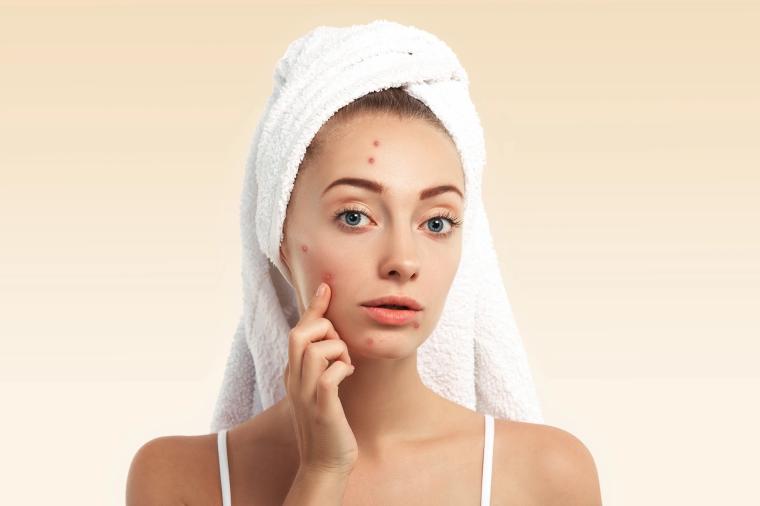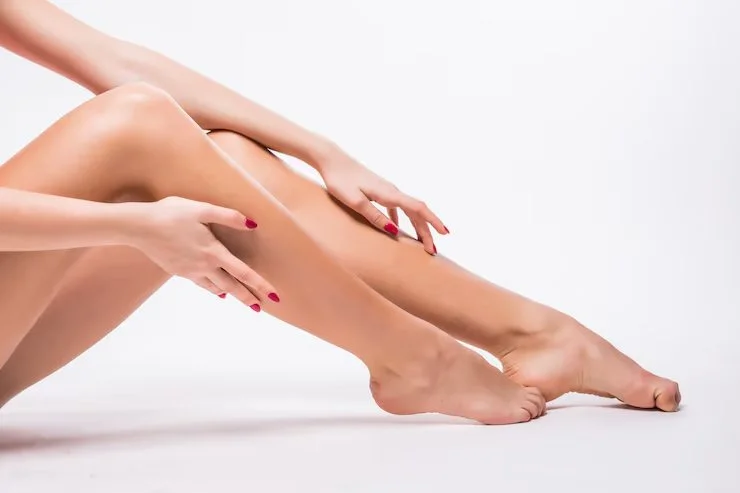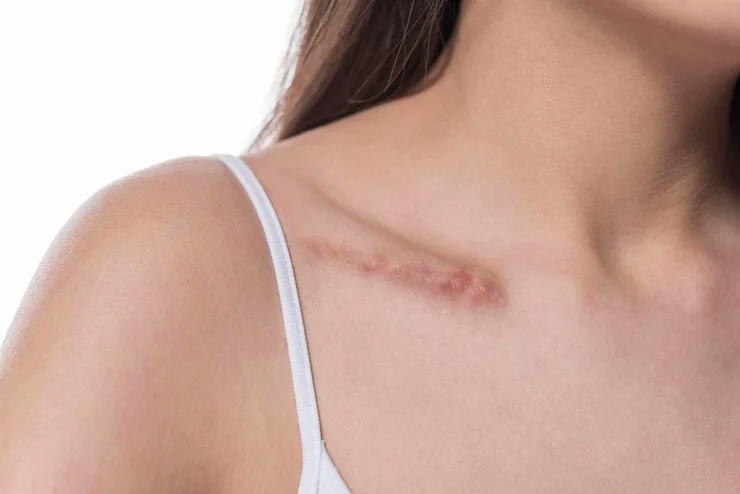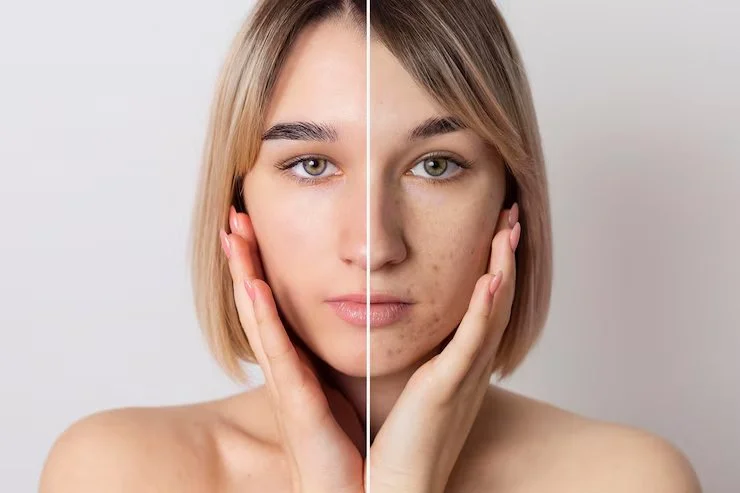Bid Farewell to Razors and Waxing! Explore how laser hair removal transforms your routine. Learn which technology aligns with your skin type. Discover what to anticipate from the process. Gain expert advice on superior systems, safety precautions, and why MALASER is a leading choice for professionals. Your path to sleek, hair-free skin starts now!
How Does Laser Hair Removal Work?
Laser removal of hair is a medical process. It makes use of guided beams of light to kill undesirable hair. An exact wavelength of light is made by the laser. It gets absorbed by pigments in the hair follicle, melanin. The energy of light gets converted into heat. The heat damages the follicle. Consequently, it prevents or slows down future hair growth. It does not assure permanent elimination but considerably reduces hair regrowth over time. The effectiveness of this method relies on a few factors. They are the type of laser, your skin color, and the color and texture of your hair.
Characteristics of Laser Hair Removal
Grasping the technical aspects of laser hair removal helps you make informed choices about the treatment.
Wavelength
The wavelength of the laser will also dictate how far into the skin it will penetrate. It will also dictate how precisely it can target certain pigments like melanin. Lasers vary in wavelengths. This accommodates different hair colors and different skin colors. It is, for instance, shorter wavelengths that suit light skin. Meanwhile, longer wavelengths suit dark skin.
Fluence
Fluence refers to the energy delivered per unit area during a laser pulse. It’s measured in joules per square centimeter (J/cm²). The proper fluence level ensures sufficient energy reaches the hair follicle. Yet, it avoids damaging nearby tissues. Adjusting fluence is vital. It achieves excellent results while reducing side effects.
Spot Size
Spot size is the diameter of the laser beam. Larger spot sizes speed up treatment for broad areas like legs or the back. Smaller spot sizes provide precision. They are ideal for delicate areas like the face or bikini line.
Refrigeration
Cooling systems are integrated into many laser devices. They enhance patient ease. They also protect the skin from heat damage during treatment. These systems might use a chilled tip for contact cooling. Alternatively, cryogen spray cooling is applied before or after each pulse.
Pulse Duration
Pulse duration is the time each laser pulse lasts. Shorter pulses target fine hairs effectively. Longer pulses suit coarse hairs better. Adjusting pulse duration ensures accurate targeting of hair follicles. It also minimizes unnecessary discomfort.
Types of Hair Removal Lasers
Different lasers are used for hair removal. Each of them possesses certain traits that suit different needs.
Alexandrite Laser
The Alexandrite laser features a 755 nm wavelength. It suits individuals with lighter skin and dark coarse hairs. It’s said to be effective and speedy in treating extensive areas. However, it may not work for darker skin. This is due to the fact that there’s greater melanin absorption.
Diode Laser
Diode lasers produce light between 800 nm and 810 nm. They are universal. They are medium-dark skin types compatible. Diode lasers penetrate deeper into the dermis. This makes them ideal for coarse hairs on large areas of the body.
Nd:YAG Laser
Nd:YAG lasers have a wavelength of 1064 nm. They are suitable for dark skin types. They skip over melanin in the epidermis and target deeper follicles. But they may require more sessions than other lasers. That is because melanin absorbs them less.
Ruby Laser
The Ruby laser has a wavelength of 694 nm. It was one of the first lasers to be used to remove hair. It suits fair skin with dark hair. Yet, newer technologies have mostly replaced it. This is due to its limits in safely treating darker skin tones.
SUPLASER® Laser
SUPLASER® lasers use diode technology. They focus on delivering energy gradually. They employ low fluence levels over multiple passes, known as In-Motion technology. This method reduces discomfort. It also targets hairs effectively across various skin types.
IPL Photoepilation
Intense Pulsed Light (IPL) devices aren’t true lasers. They use broad-spectrum light to target melanin in hair follicles. IPL treatments are flexible. However, they are less accurate than lasers. They often need more sessions for similar results.
Which Hair Removal System is Best?
Choosing the right system depends on your distinct traits. These include skin tone, hair color, texture, and treatment area:
- Alexandrite Laser:Best if you have fair skin with dark, coarse hairs.Diode Laser: Ideal for individuals with medium-to-dark skin types or coarse hairs.
- Nd:YAG Laser: Is suggested if you possess deeper skin tones.
- Ruby Laser: Works well only if you have very fair skin with dark hairs.
- SUPLASER® Laser: Ideal if comfort during treatment is your top concern.
- IPL Photoepilation: Adaptable but less efficient. Consider it if you seek budget-friendly options and can handle multiple sessions.
Consulting a certified professional ensures you select a system suited to your needs. This also lowers risks from improper device use or settings.
Contraindications to Laser Hair Removal
Before starting laser hair removal, consider certain factors. These may impact the treatment’s safety and success. This ensures the procedure fits your specific needs. It also reduces potential risks.
Those who have certain skin diseases need to avoid laser hair removal. Some of those conditions are an active infection, psoriasis, or eczema at the treatment area. Wait until they are resolved. People who easily form keloids or have excessive sensitivity to light are also probably not suitable. Pregnant females are usually told not to do laser treatment. This is because there is not enough data on safety during pregnancy.
Some medications affect laser hair removal. Photosensitizing medications, including isotretinoin or tetracyclines, result in sensitivity to light. This may lead to reactions. Disclosure of all medicines and medical conditions at the time of consultation is necessary. An approved practitioner can advise.
Side Effects
Laser hair removal is safe when done by qualified professionals. Nevertheless, there are a few potential side effects. Understanding these effects enables you to make informed decisions regarding your treatment.
Side effects are common, such as temporary redness, swelling, and slight discomfort at the site of treatment. These usually resolve in hours to a few days. Some people will have changes in skin colour. These are hyperpigmentation or hypopigmentation. This is more likely if aftercare is not observed.
More rarely, severe side effects like blistering, scarring, or burning may happen. These occur if the laser uses incorrect settings. Choosing an experienced professional with proper equipment greatly lowers these risks.
MALASER: A Dependable Supplier for Laser Hair Removal Machines
If you’re a service provider or clinic owner, superior equipment is essential. MALASER excels as a trustworthy supplier. They offer innovative technologies designed for peak performance and safety.
Commitment to Superior Equipment
MALASER is devoted to supplying diode laser machine. These meet rigorous quality standards. Their medical laser hair removal machines undergo thorough testing and certification. This ensures reliable results while prioritizing client safety. Choosing MALASER medical aesthetic laser equipment gives you access to advanced technology. It’s supported by outstanding customer support and training services.
Frequently Asked Questions (FAQs) about Laser Hair Removal
How do I choose the right laser hair removal technology for my skin type?
The best technology depends on your skin tone and hair traits. For fair skin with dark, coarse hairs, Alexandrite lasers shine. Diode lasers suit medium-to-dark skin tones and coarse hairs. For darker skin tones, Nd:YAG lasers are advised. They target deeper follicles safely.
Are there any risks or side effects associated with laser hair removal?
Yes, even though it is generally safe when done professionally, there are hazards. Redness and swelling are common side effects. Rare issues may be pigment changes or burns if one has improper settings. Always opt for a professional for safe treatment.
How many sessions are typically required to achieve lasting results?
Long-term results often need multiple sessions. Usually, 6-8 treatments are spaced weeks apart. The exact number varies. It depends on factors like hair thickness and growth cycle differences among individuals.


